Meet BIL and IRA—two federal bills with forgettable names that belie their enormous potential impact on the environment.
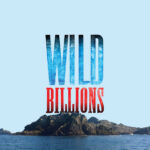
Sign up for our free weekly newsletter and understand everything better!
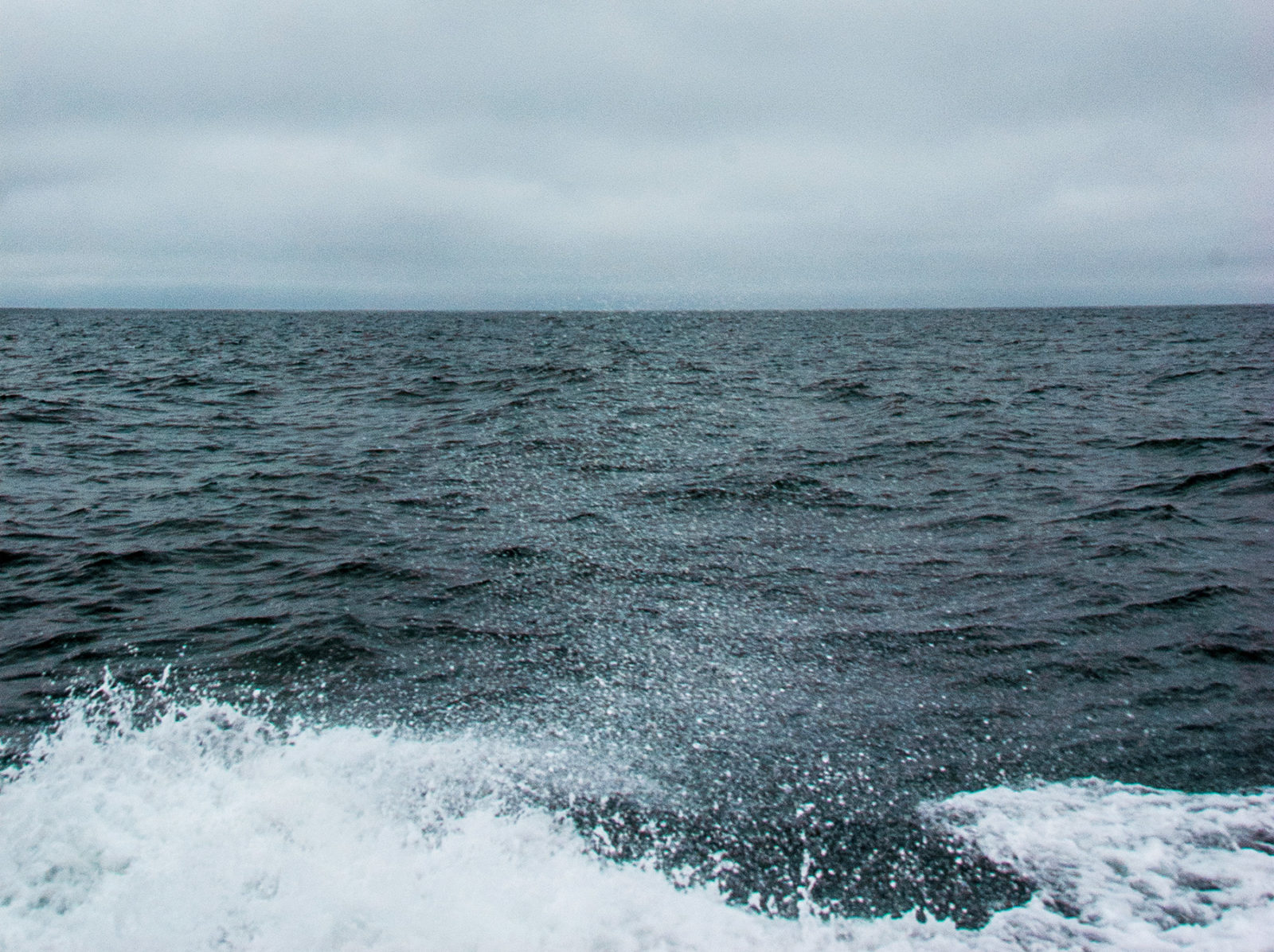

Meet BIL and IRA—two federal bills with forgettable names that belie their enormous potential impact on the environment.
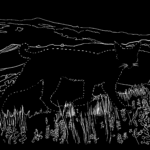
Bits of DNA linger on the forest floor, in the ocean, and even in the air—and these strands have stories to tell, back at the lab. Here’s how environmental DNA (aka ‘eDNA’) is starting to transform how ecologists work in the Bay Area and beyond.
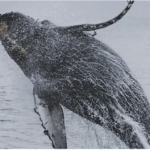
Dungeness crabbers finished the season without a single whale entanglement, unlike past years, but they paid a price.
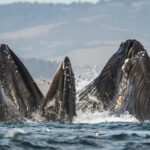
For decades, whale migration and crabbing operated as a tag team. But now, the whales are coming sooner—widening the window for exposure to fishing gear.
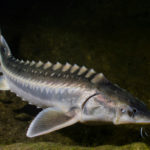
Researchers are investigating the secrets of our two resident sturgeon species, which have razor-sharp armor and shlorp up clams with their vacuum-shaped mouths.
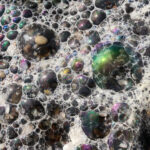
Storms on the California coast whip up sea foam, especially in winter and spring. Here’s a frothy dollop of the science behind how this stuff forms (it’s kind of a planktonic meringue).
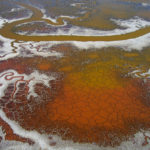
There are “plant-like,” “animal-like,” and “fungus-like” protists. But it’s surprisingly hard to say exactly what a protist is—these organisms are defined more by what they’re not.
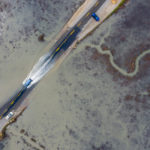
King tides over 7 feet are coming to the Bay Area Jan. 21-22, 2023—and lucky for us, they’re happening at a reasonable time to go out and see them. Here’s a short cosmic backgrounder on why king tides happen.

Researchers are investigating the secrets of our two resident sturgeon species, which have razor-sharp armor and shlorp up clams with their vacuum-shaped mouths.
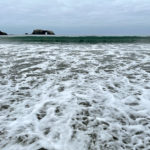
Every now and then, the ocean sneaks up on the land, with a wave that’s bigger than all the rest. Scientists are working out where these dangerous waves come from.